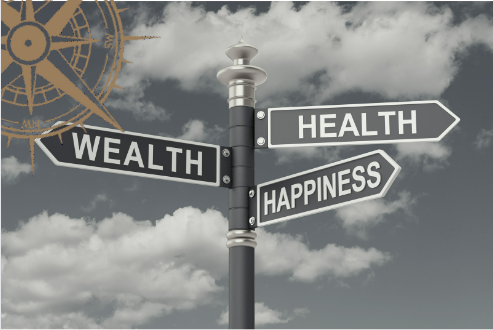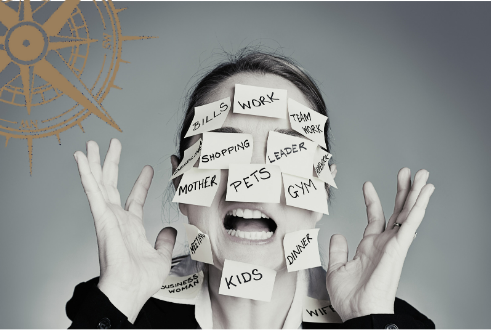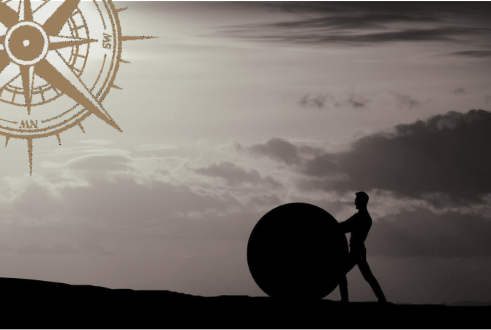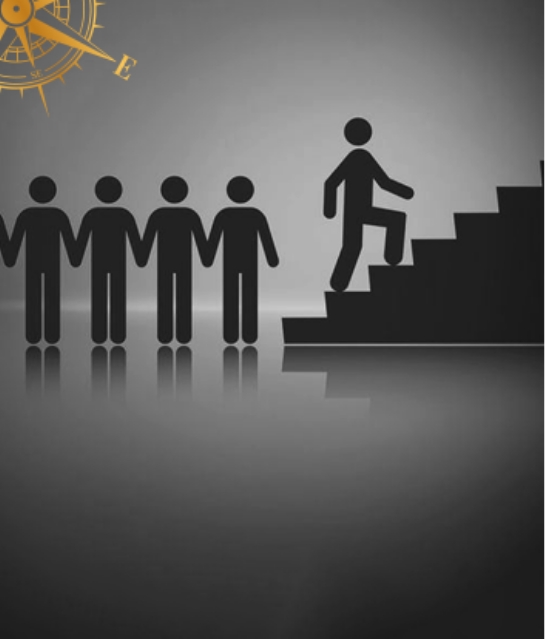DON’T do this one thing
You have heard people say “Fake it until you make it.”
I cringe when I hear it.
Here’s why…
Imagine this – it is your first client session as a coach, or it is your first customer strolling through the doors to buy your product, and you have embraced this idea, fake it until you make it.
It helps you to overcome the anxiety, the anticipation of a no, and something new and uncomfortable, all in the hopes that you’ll breeze through and look more polished and professional like you have more years under your belt than you do.
Nevertheless, while those echoing this line may be well-intentioned, there is one major underlying problem with this saying — an incongruent four-letter word.
F-A-K-E.
No one wants the fake version of you.
The fake version is your true self hiding away.
If you start your business by being not true to yourself, selling a fantasy of who you are to the outside world, then you are setting yourself up for a serious amount of strife in business.
So, what do you do?
Here are the top two universal principle alternatives to ‘Fake It Until You Make It.’
These universal principles will empower you, turning you from a victim of your lack of experience to a master of your vocational destiny.
Face it until you ace it.
People appreciate your raw and real self. Own all parts of yourself and that you are new at your craft, or your facing a new challenge you haven’t faced before with a client.
You swap one tiny letter, — the “k” for the “c” — and your authentic self shows up. No need to hide a part of yourself or your insecurities.
I personally say “Let’s talk this out” when I am faced with a challenge I am unsure of. I process out loud with the client. It doesn’t help the client if I go in with all guns blazing with the client thinking I have done this type of session a zillion times.
Sometimes I might just say ‘hey, this is a first for me.’ But my love of serving is what matters, not my skill. Because we get there in the end. If I sell an idea, we are going to smash through this in 20 minutes, and they (and I) will be let down.
Do you notice the difference? Humility pays. Arrogance costs.
Use humility and lack of experience for you, not against you.
Learn it until you earn it.
When you fake it before you make it, you are better than you are, when you’ve really only started your journey. No one is an expert at the beginning of their career. Think of the 10,000-hour rule. According to Gladwell, you could become an expert in nearly any field as long as you are willing to devote the requisite 10,000 hours to studying and practising the subject or skill.
When you come across as more knowledgeable, it can come across cocking rather than contributing. Expect a little humble slapping my friend.
Instead, “learn it until you earn it.” Continue your learning journey, knowing it will pay off for you.
I am still fascinated by humans – 14 years later. Even now, as we apply the Demartini Method on abstract and astronomical things, like the sun, the ever-changing ocean, and even a black hole, people are realising that there is greatness inside themselves that brings them to tears.
I never want to stop learning about humans. Yes, never.
Being a continual learner alleviates any pressure we place on ourselves to be at the top. There isn’t a top. Focus on the journey.
The problem under the problem
Let’s face it, the expectations of society often push us towards the belief that we need to pretend until we’ve achieved success. Or at the very least, there is an emphasis on being successful.
However, true accomplishment is not about reaching the pinnacle instantly or maybe not at all. When we are green we are growing, when we are ripe we are rotten.
It’s about embracing the daily climb and confronting challenges with courage, humility, and perseverance.
Instead of “fake it until you make it,” choose alternative approaches like face it until you ace it and learn it until you earn it, as they emphasize the value of authenticity and a growth mindset.
By embracing these two alternative approaches, you create an environment where genuine growth and progress can flourish, allowing for a truly transformative experience.
Onwards and upwards,
Tanya x
Leadership Coach & Master Certified Demartini Method Facilitator
BAppSoSc (Counselling)









